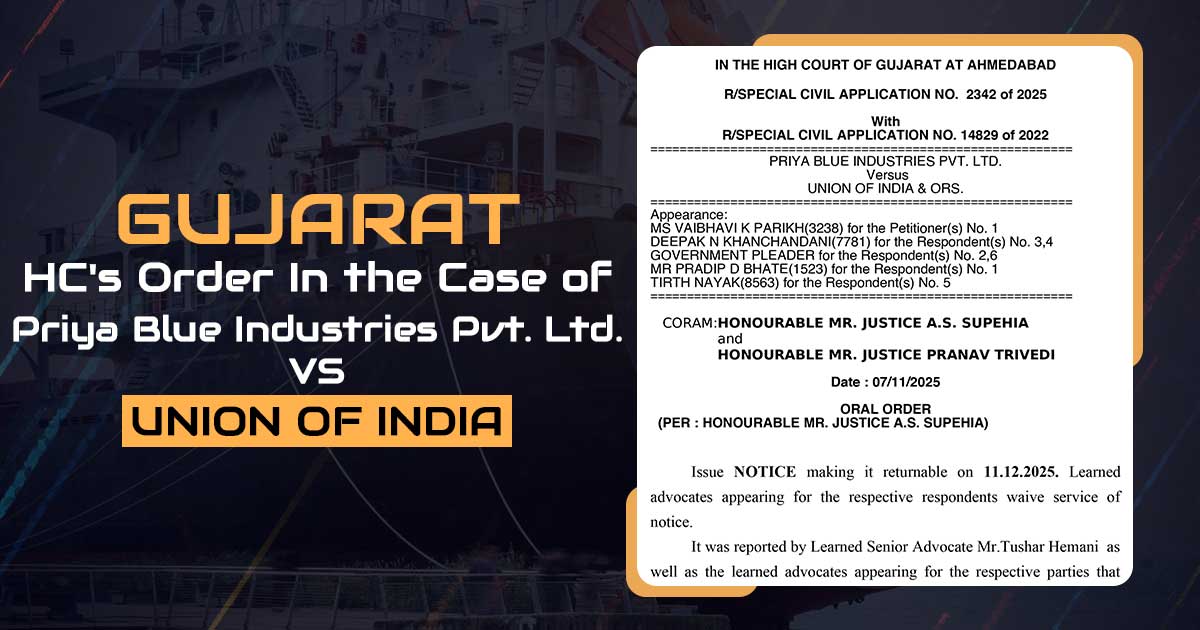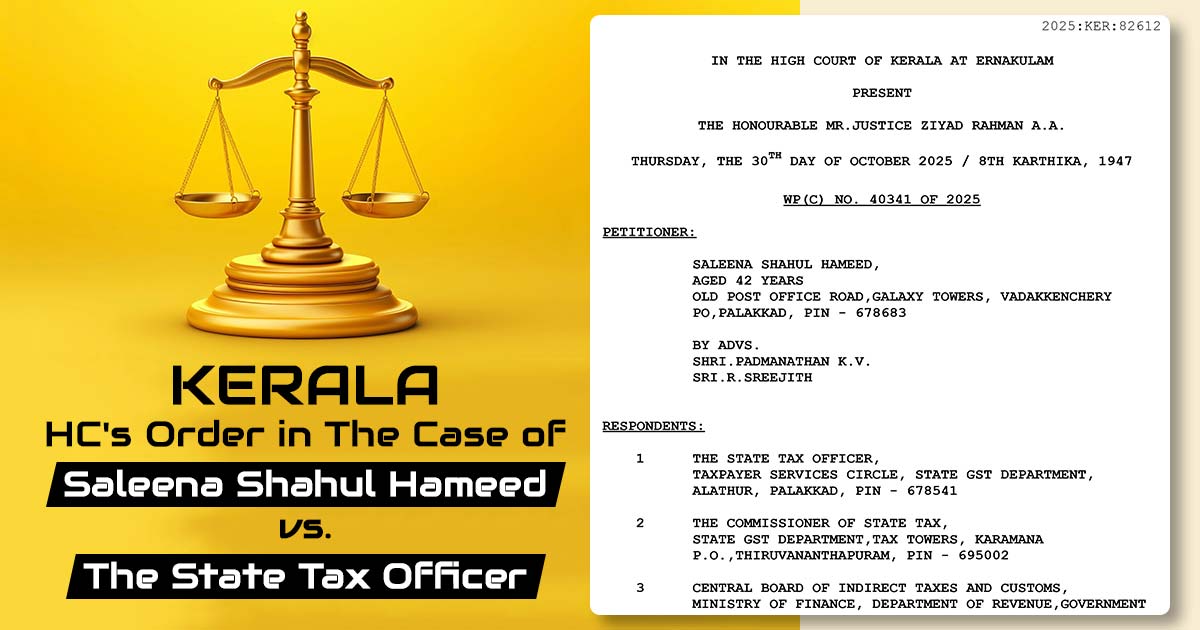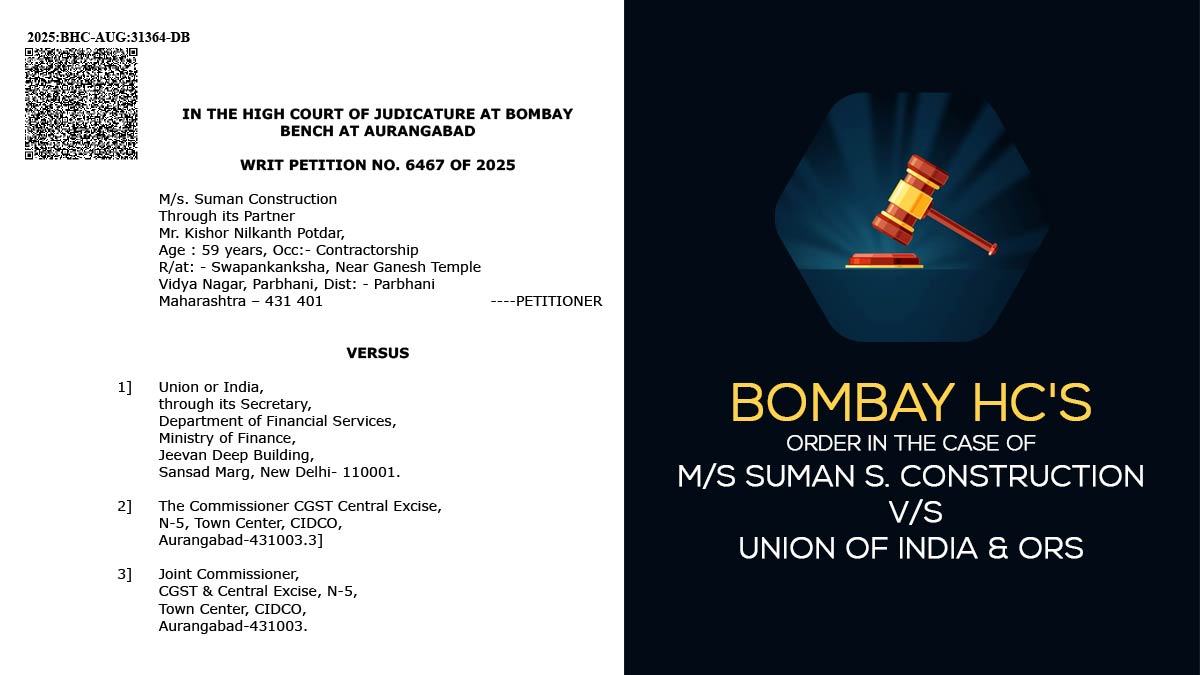
This is particularly evident in the Construction Sector which has long been crippled with unfair practices and dubious valuation. The unified GST ‘One Nation One Tax‘ Framework has not only streamlined process for incremental tax revenue but has effectively introduced tax accountability for one and all. Some of the key changes that have contributed tremendously to streamlining construction sector projects and activities.
Eliminating Logistics Paralysis: Logistics is the backbone for timely delivery of goods and services. GST eliminated most of the non-impacting transit roadblocks like waybills, transit passes, their particular returns and assessments
Improved Transit Time: Removal of erstwhile procedural check-posts has reduced transit time for goods by a significant factor.
Less Paper More Work: Unlike in the erstwhile VAT regime when the sector was burdened with Form C, H, F etc compliance, the sector today is business focussed with secondary resources have been rechannelled into project operations.
Input Tax Credit: Easy availability of ITC has increased working capital for the industry as well as helped in a greater infusion of accountable credit flow into the sector.
Interstate Tax Savings: GST Payments against interstate stock transfer can be claimed as full credit at the destination. This has fuelled greater tax savings for manufacturers. Interstate purchases today attract input credit which further inflates tax savings.
Last but not least, special mention must be made of the increased credit transfer window for Businesses which has enabled seamless passing of credit. This coupled with the elimination of earlier mandatory resource allotment for documentation and VAT credit claims has been the highlight of GST in the construction sector.
But this also does not make a completely glitch free taxation regime. There are more than a few things that the Government must pay its attention too in a short and immediate notice. The key among these include:
- GST levied on certain manufacturing parts of end-use equipment is greater than the equipment itself. Bringing these machinery items in the 18% tax umbrella will go a long way in further pacifying the cost of end-user equipment and eventually lessen project estimates.
- HSN Code for SPVs must begin with 84 inline with other motor graders, truck-mounted cranes, wheel loaders etc. This will help duck against any future ambiguities and confusion. Presently, the HSN code for SPV’s starts with 87.
- GST Return filing Process remains a daunting affair amidst the technical inconsistencies. These discrepancies are particularly evident during GSTR-1 and GSTR-3B filing when GST number change affects customers and rectification eats up considerable business time. Other than this Uniform Nomenclature for HSN Code, ITC Claims on the original invoice are some of the much-desired relief moves.
- GST Reconciliation can be simplified by limiting cross-checking with annual return only as well as integrating GST website with a feature to import IGST data directly from ICEGATE will reduce current grievances tremendously.
While the above changes are related to tax filing procedures, a key operational change that can check project operation cost from overshooting is allowing free-of-cost spare parts for construction equipment within the warranty period. This will be particularly helpful in cases where the nearest spares stock point is in a state other than the place of supply for the manufacturing equipment at the first place.









